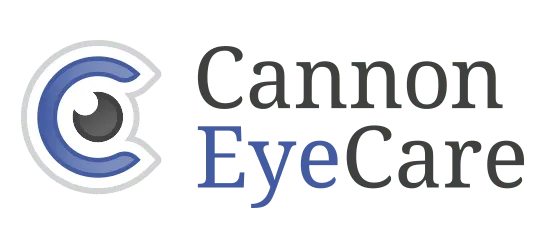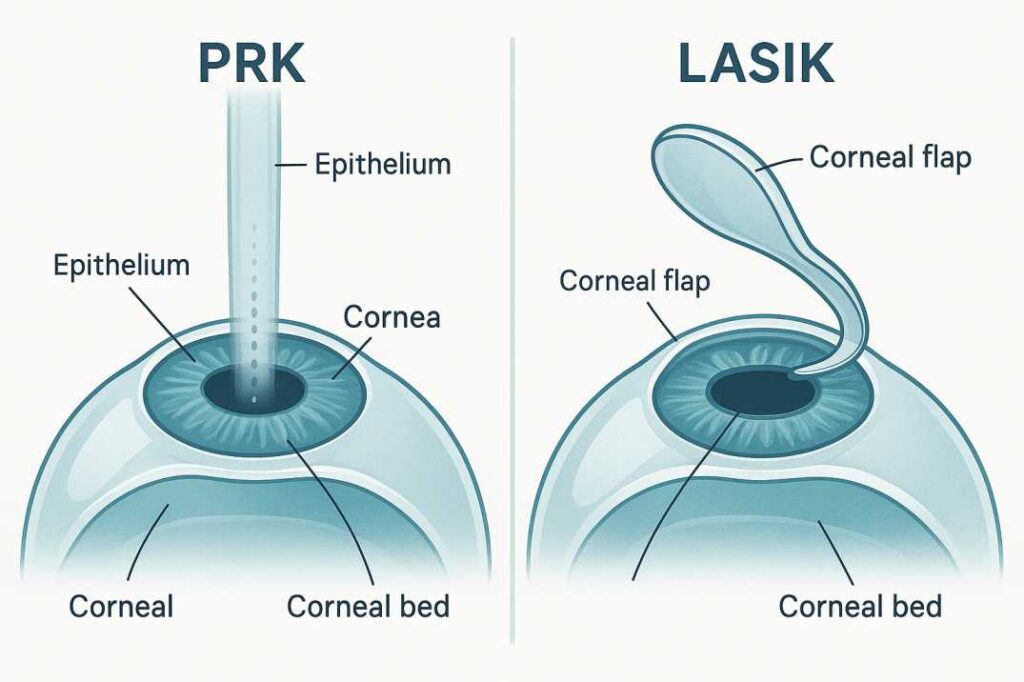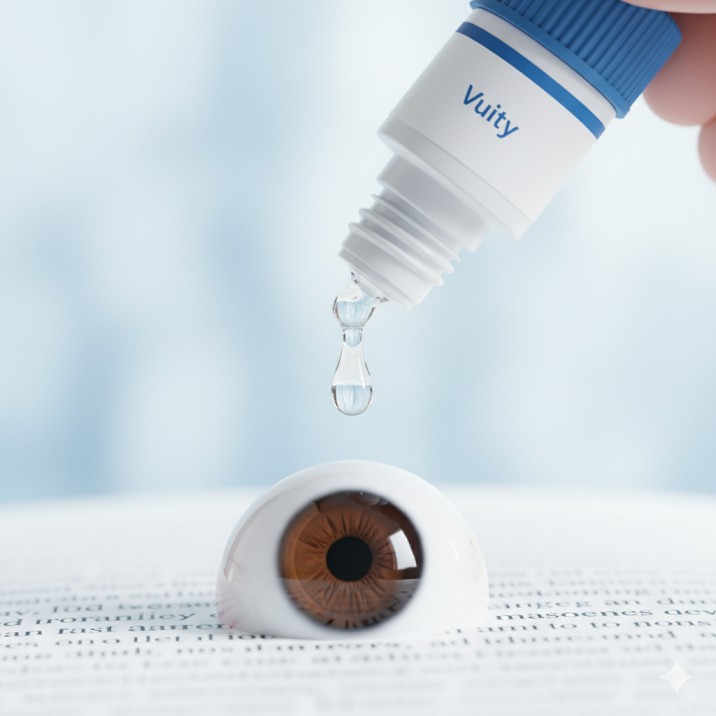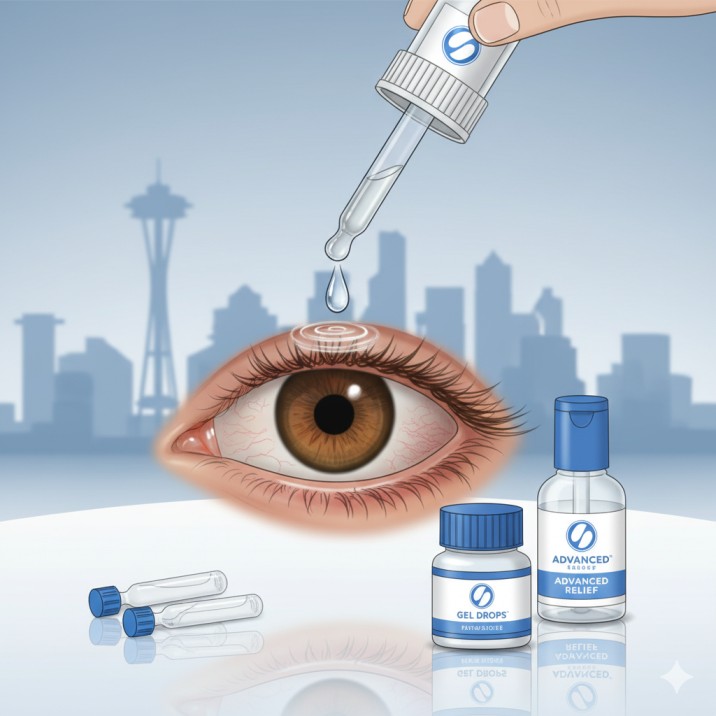Not a LASIK Candidate? 7 Proven Vision Correction Alternatives
Key Takeaway: Not eligible for LASIK? Discover proven alternatives, including PRK, SMILE, EVO ICL, and Advanced Surface Ablation. At Cannon EyeCare, we help you find your perfect vision correction solution with comprehensive evaluations and personalized care.
Learning you’re not a LASIK candidate can feel disappointing, but there’s encouraging news: multiple proven LASIK alternatives exist to help you achieve clear vision without glasses or contacts. Modern refractive surgery has evolved far beyond traditional LASIK, offering several advanced procedures that often deliver superior safety profiles and visual outcomes.
At Cannon EyeCare, serving Seattle’s University Village and Pike Place Market communities, we specialize in comprehensive vision correction consultations. Whether you have thin corneas, dry eyes, high prescriptions, or other factors that make traditional LASIK unsuitable, our team brings Midwestern hospitality and expert care to guide you toward the best solution for your unique needs.
This comprehensive guide examines the most effective LASIK alternatives available in 2025, backed by current medical research and clinical evidence—the same thorough approach we take with every patient at Cannon EyeCare.
Did You Know? Studies show that 95% of PRK patients achieve 20/20 vision or better, while SMILE maintains excellent results in 95% of patients five years post-surgery. These alternatives often provide better outcomes than traditional LASIK for specific patient populations.
Why Some People Aren’t LASIK Candidates
Before exploring LASIK alternatives, it’s essential to understand why certain individuals don’t qualify for traditional LASIK surgery. At Cannon EyeCare, we believe in taking the time to thoroughly explain these limitations—never rushing through your consultation—so you can make an informed decision about your vision correction options.
Common LASIK Disqualifying Factors
- Thin or flat corneas: Typically less than 500 microns thick, insufficient for safe flap creation
- Severe dry eye syndrome: LASIK can worsen existing dry eye conditions (a specialty area at Cannon EyeCare)
- High refractive errors: Prescriptions beyond LASIK’s safe correction range
- Corneal irregularities: Conditions like keratoconus or corneal scarring
- Active lifestyle concerns: Contact sports or high-impact professions where flap displacement is risky
The good news? Being unsuitable for LASIK often means you’re an ideal candidate for safer alternatives that can deliver equally impressive—or even superior—results. Our team at Cannon EyeCare uses state-of-the-art diagnostic equipment, including advanced retinal photography, to identify the optimal procedure for your eyes.
PRK vs LASIK: The Time-Tested Alternative
What Makes PRK Different?
Photorefractive Keratectomy (PRK) was actually the predecessor to LASIK and remains one of the most reliable LASIK alternatives. The key difference in PRK vs LASIK lies in the surgical approach: PRK completely removes the outer corneal layer (epithelium) before laser reshaping, while LASIK creates a hinged flap.
Why PRK May Be Your Best Choice
Recent research consistently demonstrates that PRK preserves more corneal nerves compared to LASIK, significantly reducing the likelihood of chronic dry eye syndrome. Multiple studies show that PRK patients report fewer dry eye symptoms long-term, making it an exceptional choice for patients with pre-existing dry eyes—something we see frequently in our Seattle patients due to screen time and environmental factors.
Clinical Evidence: A 2025 military study of 4,466 treated eyes found PRK achieved comparable safety and efficacy to LASIK, with a safety index of 1.01 and excellent long-term stability. PRK is often recommended for active military personnel due to its superior durability.
SMILE: The Revolutionary Minimally Invasive Option
Small Incision Lenticule Extraction (SMILE) represents the newest advancement in refractive surgery, FDA-approved in 2016 and rapidly gaining recognition as a superior LASIK alternative. This flapless procedure uses advanced femtosecond laser technology to create precise corneal modifications through a tiny 2-4mm incision.
SMILE’s Distinctive Advantages
- Dramatically reduced dry eye risk: 80% smaller incision preserves corneal nerves and tear film stability
- Superior biomechanical stability: Maintains corneal strength better than LASIK
- Excellent long-term outcomes: 95% of patients maintain 20/20 vision or better five years post-surgery
- Faster recovery: Most patients return to normal activities within 1-2 days
- Ideal for active lifestyles: No flap displacement risk for contact sports and high-impact activities
For our active Seattle patients who enjoy hiking, skiing, or water sports, SMILE offers peace of mind with its superior durability.
SMILE Considerations and Cost
While SMILE offers significant advantages, it does have limitations. Currently approved only for myopia and astigmatism (not hyperopia), and requires surgeons with specialized training. The procedure typically costs $2,500-$4,500 per eye in 2025, reflecting its advanced technology and limited availability.
EVO ICL: The Reversible High-Tech Solution
The EVO Implantable Collamer Lens represents a paradigm shift in vision correction alternatives. Rather than reshaping the cornea, this biocompatible lens is implanted inside the eye, positioned between the iris and natural lens, functioning like a permanent contact lens that never requires maintenance.
EVO ICL: Unique Benefits
- Completely reversible: Lens can be removed or replaced if vision changes or complications arise.
- High prescription friendly: Effectively corrects prescriptions up to -20 diopters, far beyond LASIK limits.
- Cornea-preserving: No corneal tissue removal, ideal for thin corneas or dry eyes
- Built-in UV protection: Contains a UV filter protecting internal eye structures
- Rapid visual recovery: Most patients notice improved vision within 24 hours
EVO ICL investment ranges from $4,000-$6,000 per eye in 2025. While significant, for patients with high refractive errors or those unsuitable for corneal procedures, it often provides the most predictable and stable visual outcomes available.
Advanced Surface Ablation: The Safest PRK Evolution
Advanced Surface Ablation (ASA) represents the evolution of PRK technology, offering enhanced safety protocols and precision. ASA is considered significantly safer than LASIK, with dramatically reduced long-term complications and superior corneal biomechanical preservation.
ASA Key Advantages
- Maximum safety profile: No-cut procedure eliminates all flap-related complications
- Optimal corneal preservation: Maintains more corneal nerves and tissue integrity than any other laser procedure
- Enhanced precision: Advanced laser technology with improved treatment algorithms
ASA typically costs $2,300-$2,800 per eye at specialized centers, making it competitively priced among premium LASIK alternatives.
Additional Vision Correction Options
Refractive Lens Exchange (RLE)
Refractive Lens Exchange offers a comprehensive solution for patients over 40 with presbyopia and high refractive errors. This procedure replaces the eye’s natural lens with an advanced multifocal or extended depth-of-focus intraocular lens, providing lifetime vision correction while eliminating future cataract risk.
Orthokeratology (Ortho-K): Non-Surgical Alternative
Orthokeratology provides a completely reversible, non-surgical approach using specially designed contact lenses worn overnight. This method gently reshapes the corneal surface, providing clear daytime vision without surgery. Particularly effective for myopia management in children and adults who prefer avoiding surgical intervention.
2025 Cost Analysis: Investment Guide
Understanding the financial investment for each vision correction alternative enables informed decision-making. At Cannon EyeCare, we believe in transparent pricing and work with you to explore all financing options. Costs reflect technology, surgeon expertise, and included services:
- PRK: $2,000-$3,000 per eye
- SMILE: $2,500-$4,500 per eye
- EVO ICL: $4,000-$6,000 per eye
- ASA: $2,300-$2,800 per eye
- RLE: $3,500-$5,500 per eye
- Ortho-K: $1,500-$2,500 initial, plus ongoing maintenance
Financing Your Vision Correction Investment
Most insurance plans consider these procedures elective, but multiple financing options make LASIK alternatives accessible:
- FSA/HSA accounts: Use pre-tax dollars, saving 20-30% depending on tax bracket
- CareCredit financing: 0% interest plans for qualified applicants, 6-24 month terms
- Vision plan discounts: Many providers offer 10-15% discounts for plan members
- In-house payment plans: Flexible monthly payment options through surgery centers
At Cannon EyeCare, our team can help you navigate insurance coverage and explore financing options that fit your budget.
Choosing Your Optimal Vision Correction Path
Selecting the right LASIK alternative requires careful consideration of medical factors, lifestyle needs, and personal priorities. This is where the Cannon EyeCare approach makes a difference—we take the time to understand your unique situation, never rushing through your consultation. This decision framework helps guide your choice:
Medical Factors Assessment
- Corneal thickness and shape: Determine eligibility for laser procedures
- Refractive error degree: High prescriptions may require ICL or RLE
- Eye health conditions: Dry eyes, corneal irregularities affect procedure choice
- Age and prescription stability: Must have stable vision for at least one year
Lifestyle Considerations
- Professional requirements: Military, law enforcement, contact sports favor PRK or SMILE
- Recovery time tolerance: LASIK and SMILE offer faster recovery than PRK
- Long-term vision goals: Consider presbyopia development and future needs
- Risk tolerance: PRK and ASA offer maximum safety profiles
Quick Decision Guide by Priority
- Choose PRK if: You have thin corneas, play contact sports, want maximum safety, or have dry eyes.
- Choose SMILE if: You want minimal dry eye risk, fast recovery, and have myopia/astigmatism.
- Choose EVO ICL if: You have high prescriptions, thin corneas, or want a reversible option.
- Choose ASA if: Safety is your top priority, and you can tolerate longer recovery.
Your Clear Vision Journey with Cannon EyeCare
Being told you’re not a LASIK candidate isn’t the end of your clear vision journey—it’s the beginning of discovering potentially superior alternatives tailored specifically for your eyes. Each of these proven LASIK alternatives offers unique advantages that may actually provide better outcomes than traditional LASIK.
At Cannon EyeCare, we bring together expert medical knowledge with genuine Midwestern hospitality. Located in Seattle’s University Village and Pike Place Market, our practice is built on the values of thorough examination, personalized attention, and building lasting relationships with our patients. We never rush through appointments—we take the time to ensure you understand all your options and feel confident in your decision.
The key to successful vision correction lies in working with experienced professionals who prioritize comprehensive evaluation, honest consultation, and patient education. Modern vision correction alternatives have made excellent outcomes possible for virtually every patient, often with superior safety profiles compared to traditional approaches.
Your Next Steps to Clear Vision
- Schedule a comprehensive consultation: Complete a diagnostic evaluation at Cannon EyeCare to assess all options.
- Discuss lifestyle and vision goals: Ensure your chosen procedure aligns with your needs.s
- Review all suitable options: Compare benefits, risks, and costs with professional guidance.
- Make an informed decision: Choose based on medical suitability and personal priorities.
- Move forward confidently: Begin your journey to clear, glasses-free vision
Ready to explore your vision correction options? Schedule a comprehensive consultation with Cannon EyeCare today. Our team at University Village and Pike Place Market is ready to help you achieve the clear vision you deserve with the thorough, personalized care that sets us apart.
Don’t let being unsuitable for LASIK discourage you. With today’s advanced LASIK alternatives and the expert, caring team at Cannon EyeCare, achieving excellent vision correction is more possible than ever. Your journey to clear vision is just beginning, and the destination can be even better than you imagined.
Medical References and Clinical Evidence
- Clear Vision Cataract & LASIK Center. “Top LASIK Alternatives Explained: EVO ICL, SMILE & RLE.” Updated May 2, 2025.
- iCare Family Vision. “SMILE Eye Surgery in 2025: Is It the Better Alternative to LASIK? An Optometrist’s Perspective.” January 29, 2025.
- National Center for Biotechnology Information. “Comparative Analysis of Visual Outcomes and Complications in Intraocular Collamer Lens, SMILE, and LASIK Surgeries: A Comprehensive Review.” PMC11110473, 2025.
Medical Disclaimer:
This comprehensive guide is for educational purposes only and should not replace professional medical advice, diagnosis, or treatment. Vision correction surgery carries inherent risks and benefits that vary by individual. Always consult with a qualified ophthalmologist or refractive surgeon for personalized recommendations based on your specific eye health, medical history, and vision needs. Treatment outcomes cannot be guaranteed and may vary from patient to patient.
Cannon EyeCare | University Village & Pike Place Market, Seattle
“Midwestern Hospitality Meets Expert Eye Care“
FAQs
-
Consider PRK, SMILE, implantable contact lenses (ICL), or refractive lens exchange (RLE) as potential surgical or non-surgical options.




